The Haunted Town Where 45–50 Husbands Were Killed—By Their Own Wives
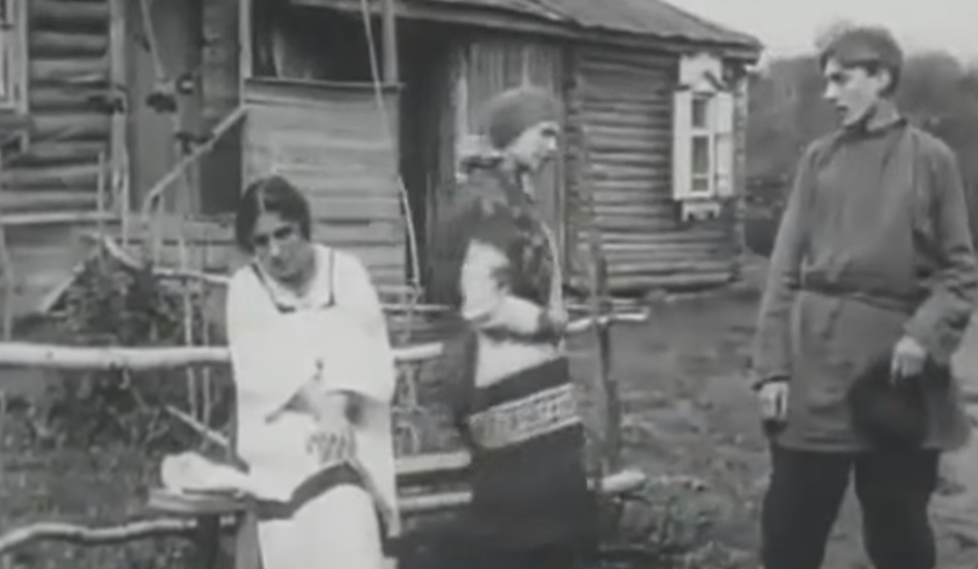
Who were the Angel Makers of Nagyrév, and what drove them to commit such shocking crimes?
In a quiet Hungarian village, a dark secret simmered for years. Between 1911 and 1929, a group of women in Nagyrév turned to murder to escape their hardships.
They poisoned their husbands, relatives, and others, using arsenic supplied by a local midwife.
This chilling tale, known as the story of the Angel Makers of Nagyrév, reveals a desperate struggle for survival in a harsh world.
How did these women, living in poverty and facing abuse, become killers? Let’s uncover their story.
A Village in Crisis
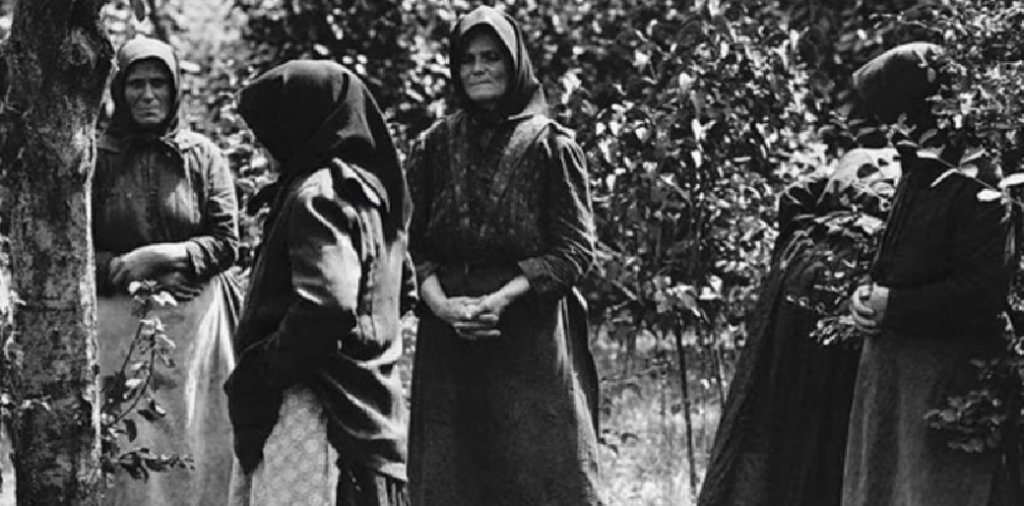
Nagyrév, a small farming town southeast of Budapest, was a tough place to live in the early 20th century. Most people were poor, and life was hard, especially for women.
Young girls were often forced into arranged marriages, sometimes as young as 14. Divorce was not allowed in this Catholic community, even if husbands were abusive or alcoholics.
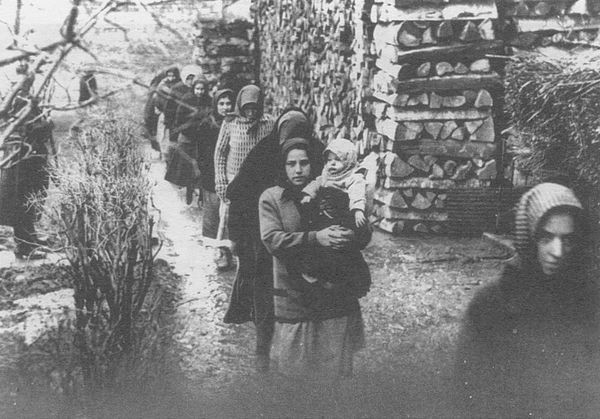
World War I made things worse. Many men went to fight, leaving women to manage alone. Some women took lovers from among the prisoners of war housed in the village.
When the men returned, often injured or traumatized, tensions grew. Women who had tasted independence didn’t want to return to lives of control and abuse. This set the stage for a shocking solution.
The Midwife’s Deadly Plan
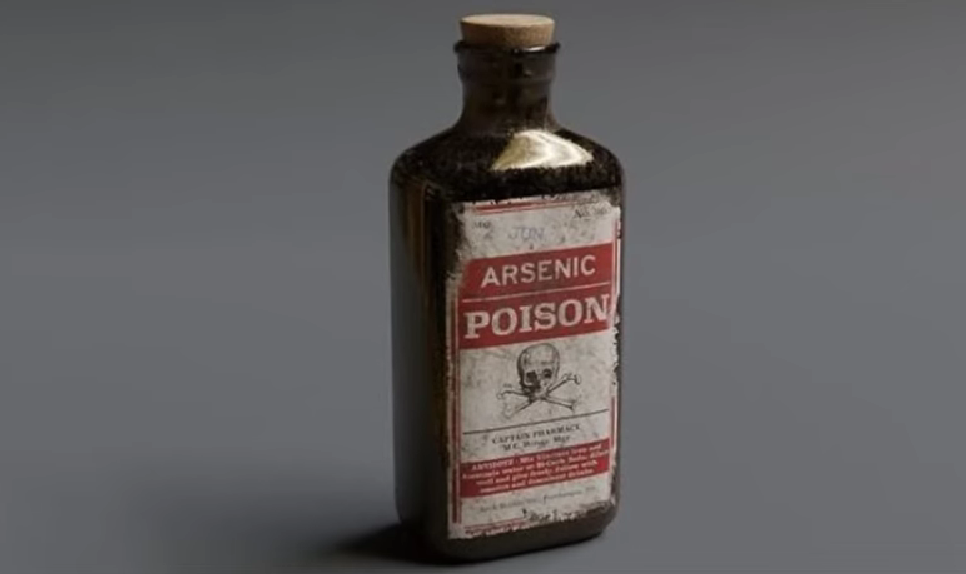
Zsuzsanna Fazekas, a midwife who arrived in Nagyrév in 1911, became the mastermind behind the murders. Known as “Aunt Suzy,” she was the closest thing the village had to a doctor.
She earned trust by helping with births and offering herbal remedies. But Fazekas had a darker side. She boiled flypaper to extract arsenic, a poison that was hard to detect.
She sold it to women who wanted to escape their troubles—abusive husbands, demanding relatives, or even unwanted children.
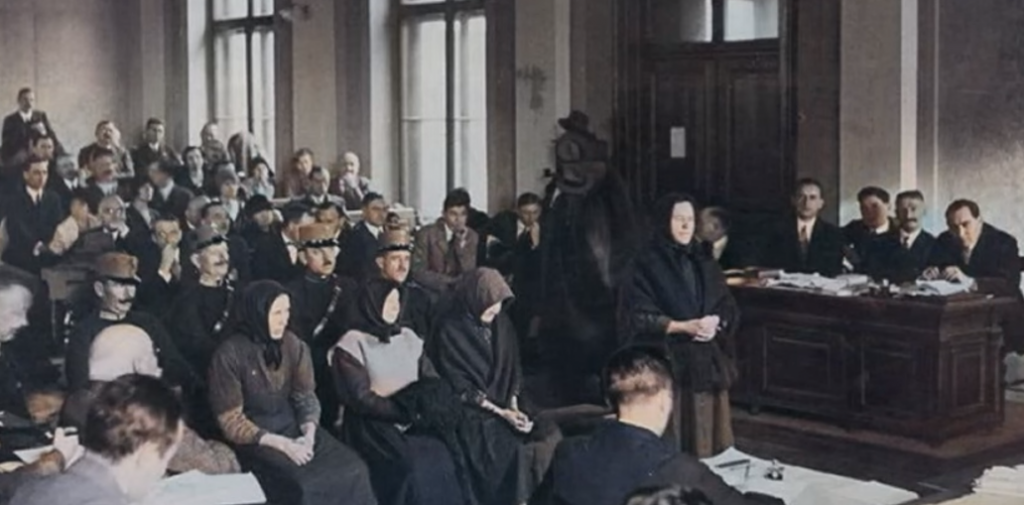
The poison was slipped into food or drink, and the deaths often looked natural. Fazekas’s cousin, a village clerk, helped by filing false death certificates, keeping the murders hidden for years.
Estimates suggest at least 45–50 people were poisoned, though some claim the number could be as high as 300.
The Truth Comes Out
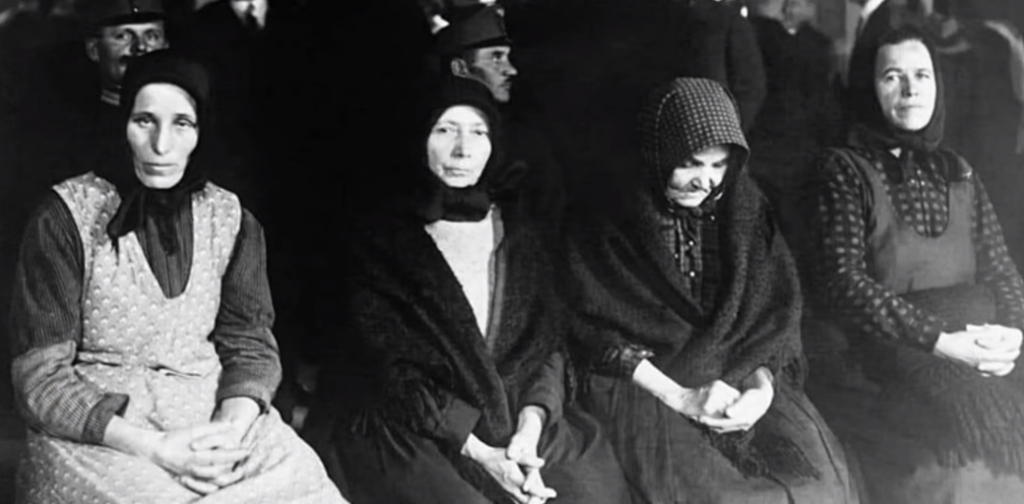
The murders went unnoticed until 1929, when suspicions finally grew. One story says a medical student found high arsenic levels in a body washed up on a riverbank.
Another claims an anonymous letter to a newspaper exposed the crimes. Police began digging up bodies and found arsenic in many of them.
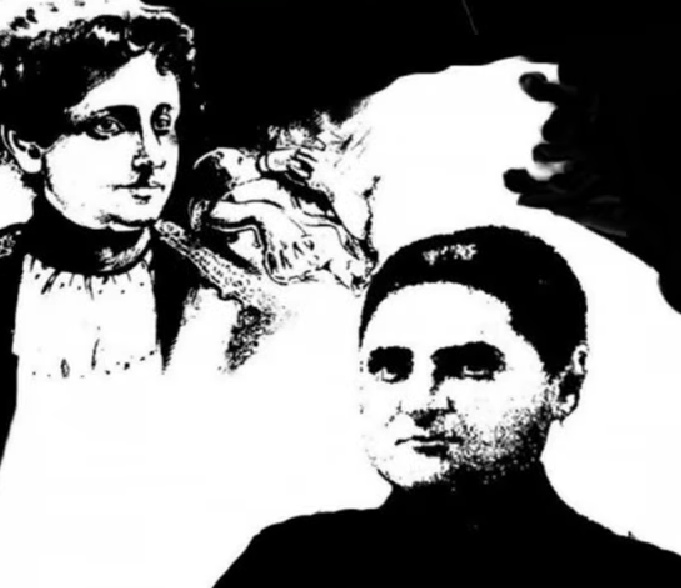
Thirty women were arrested, and 28 were prosecuted. Some were sentenced to prison, others to death, though only a few executions took place.
Fazekas herself died before facing trial, possibly by suicide. The trials shocked the world, drawing journalists and curious onlookers.
The women’s motives were complex—some killed to escape abuse, others for money or freedom. The story raises tough questions about survival, morality, and justice.
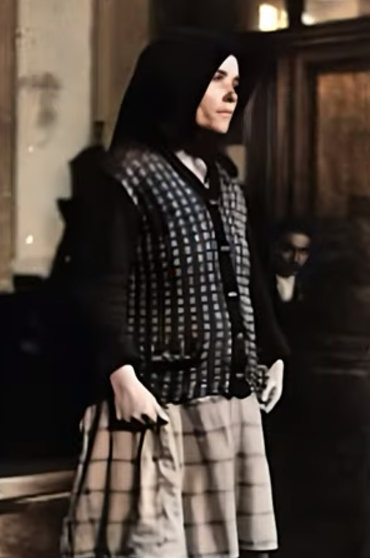
The Angel Makers of Nagyrév remain a haunting chapter in history. Their actions were wrong, but their lives were filled with pain and few choices.
This tale reminds us how desperation can lead to unthinkable decisions.
You might also want to read: Welcome to Hell! … In Norway? It’s Not What You Think It Is!


